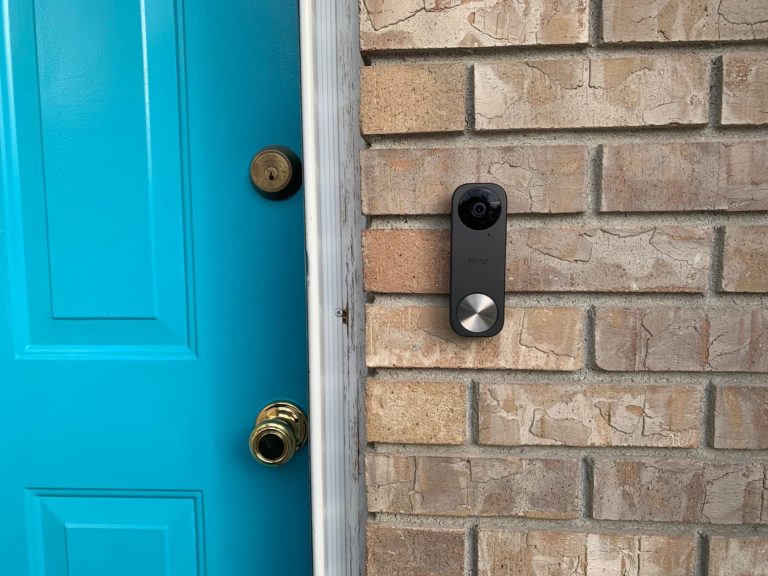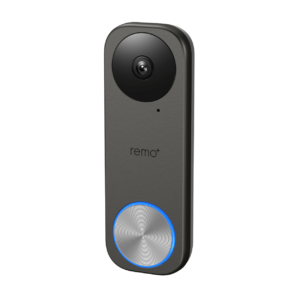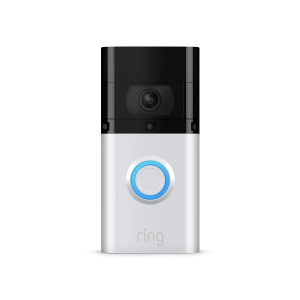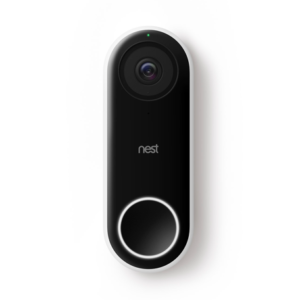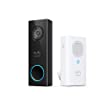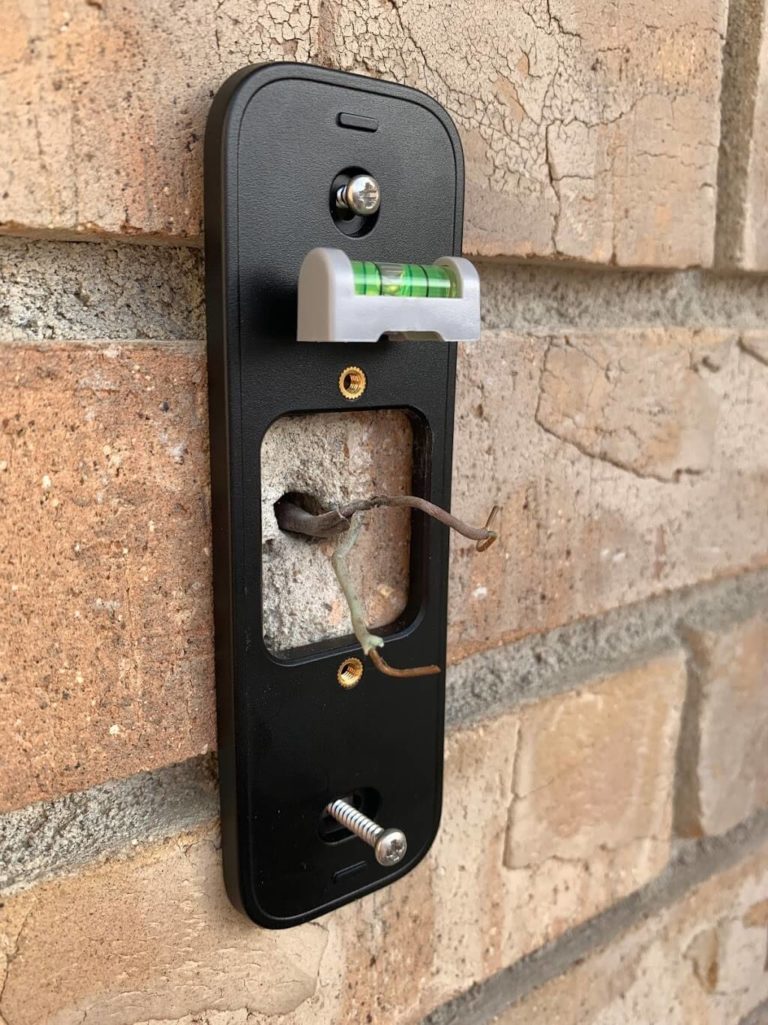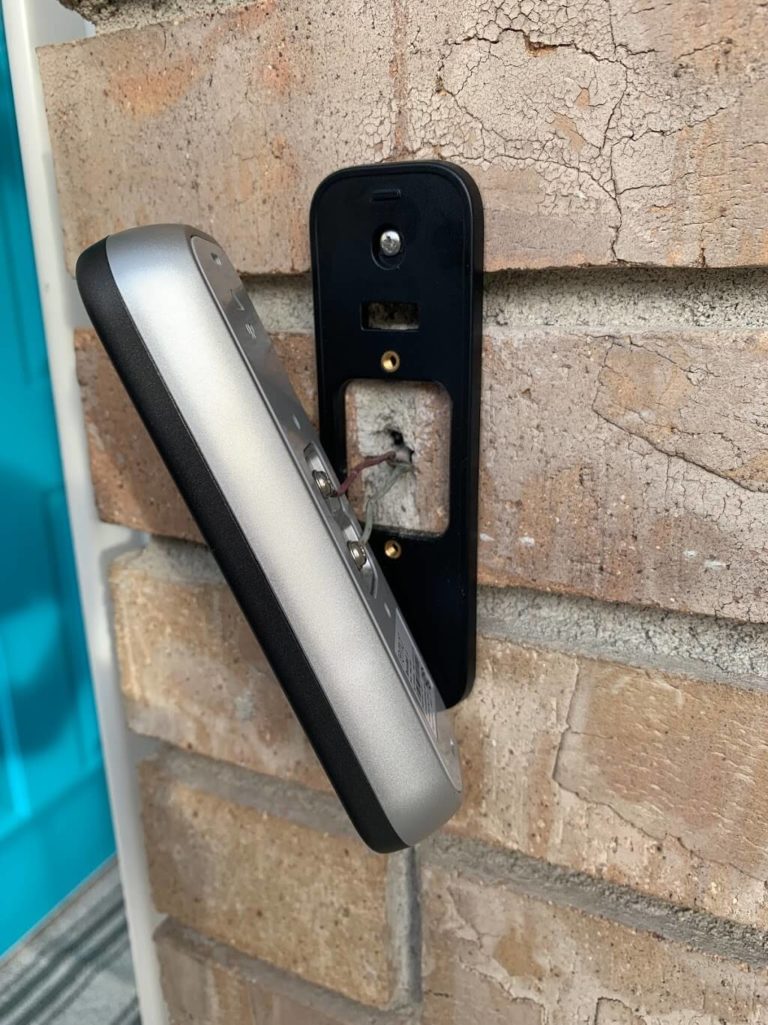For a budget cam, this device has its quirks: installation is a little tricky, and it’s tough to get the motion settings exactly right. But if you want an HD video doorbell on the cheap, it’s not a bad choice. Weird framing aside, we liked the camera’s two-way audio function. Even though our RemoBell S told us that the Wi-Fi signal on our porch was weak (whoops), we still didn’t have a ton of lag time in the video or with using two-way audio. We also didn’t experience one of the most dreaded doorbell cam glitches of all time: what we’ll call the back attack. Sometimes when doorbell cameras have weak Wi-Fi signals, all your video clips will show only the back of someone’s head as they’re walking away (not their face as they’re ringing your doorbell). Our clips from the RemoBell S gave us clear images of visitors as they approached the door, not just when they left. Some doorbell cameras let you draw specific motion zones so you can precisely set which areas you want the camera to pay attention to. The RemoBell S has a much clunkier approach where you can select preset blocks. We found that selecting anything other than the smallest, closest motion block would give us useless notifications all day long. Higher-end doorbell cameras, like the Arlo Video Doorbell, can give you specific notifications, so you know which one to pay attention to. For example, it can tell you that there’s a person at your door or that there’s a package on your porch. Sometimes it can even tell you who the person is through familiar face detection. The RemoBell S doesn’t have AI features like that. You get only one type of alert from the RemoBell S, and it’s “motion detected.” What kind of motion is a mystery until you open the livestream or check the video clip later. You also have to know which breaker goes to the doorbell wiring. Or you have to find it by awkwardly shouting back and forth across rooms like we did.
- The RemoBell S has to be hardwired. There’s no battery pack option here; you have to wire the thing. (That’s not a total drawback: if you can hardwire your doorbell camera, you should. It’s much more reliable, and you don’t have to run around charging battery packs.)
- You have to attach your doorbell wiring to the body of the camera itself during installation. Some other doorbell cams (like those from Ring,) let you attach the wiring to the baseplate, which is way easier. The way the RemoBell S does it, it can be really tricky to maneuver the wires, especially if your doorbell has short wires like ours did. The RemoBell S gives you three days of rolling cloud storage for free. What that really means is that you can view motion-activated clips from the last three days, even if you don’t sign up for a cloud storage subscription plan. But if you want more storage than that, you’ll need to pay a bit extra. RemoBell S features: The RemoBell S gives you standard features like HD recording, night vision, and two-way audio. But you won’t see more advanced features like person detection or smart alerts. RemoBell S installation: RemoBell S installation was a little tricky, mostly because you have to attach your doorbell wiring directly to the camera body instead of the baseplate. We still had ours up and running in about an hour. RemoBell S pricing: The RemoBell S itself is pretty cheap at only $80.95 (sometimes less if you get it on sale). If you opt for a cloud storage subscription plan, you’ll pay $3 per month (or $30 per year) or $44.95 per year per device. Still not sure if this is the right doorbell camera for you? Check out our Best Video Doorbell review for more information. Or, if you want to go for a whole home security system, you can find the best options on our Best Home Security Systems review.
